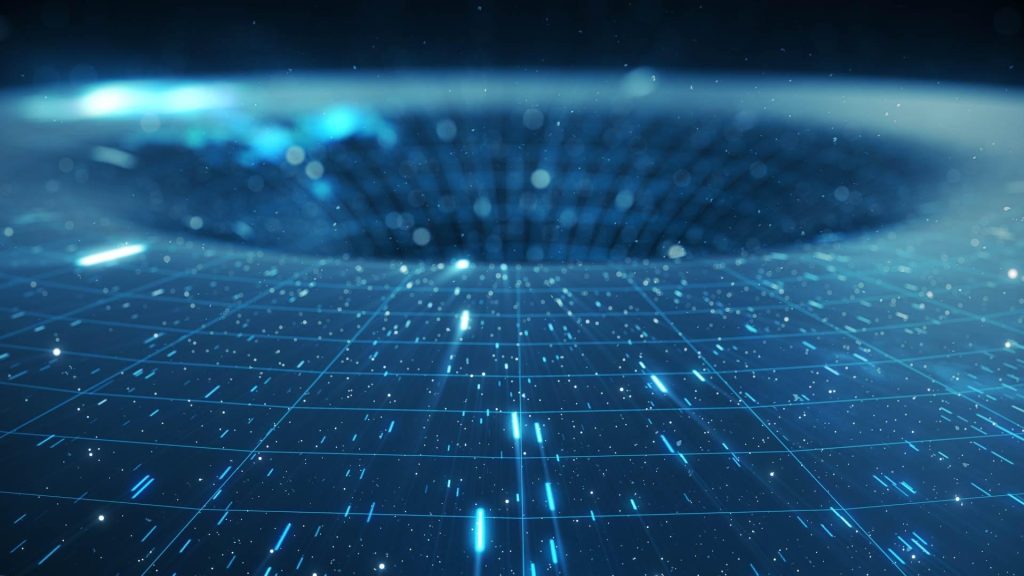As far as we can observe, our universe is both growing and expanding a little faster every day. If this continues, almost all galaxies will be so far away from us that one day we will not be able to detect them at all. Fortunately, this will not happen for billions of years, but according to current theories, it should not be like this. Albert Einstein’s theory predicted that the universe should expand more slowly over time, based on the fact that gravity pulls galaxies together. However, in 1998, astrophysicists were quite surprised when their observations showed that the universe was expanding faster and faster. Astrophysicists call this phenomenon “cosmic acceleration” and describe it as dark energy. Based on the effects of dark energy, scientists estimate that it could make up 70 percent of the total mass and energy of the universe. It is considered one of the greatest mysteries in physics, an unknown that is both beyond our current understanding of the laws of physics and has the greatest impact on the growth of the universe.
What is Dark Energy?
Dark energy is one of the greatest mysteries of the universe. It is invisible, cannot be directly observed, and cannot be fully explained by the laws of physics as we know them. However, it is estimated to make up about 68% of the universe and acts as an “anti-gravity” force that increases the rate of expansion of the universe. The existence and nature of this mysterious energy is critical to our understanding of the universe’s past, present, and future fate. The simplest explanation for dark energy is that it is the inherent internal energy of space. Albert Einstein initially proposed such a concept when he developed his theory of relativity, which would allow for a flat universe. Einstein’s so-called cosmological constant was defined as a repulsive force that counteracts the attractive force of gravity to allow for a universe that is neither collapsing nor expanding. However, Einstein eventually rejected this concept after Edwin Hubble observed that the universe was expanding. In the 1990s, scientists’ Nobel Prize-winning supernova research led to the revival of the cosmological constant and linked it to dark energy.
Physics tells us that space is not nothing or a vacuum, but has the potential to create energy. Albert Einstein also formulated a case of the theory of gravity in which the energy in empty space does not dilute as space expands. Accordingly, as more space is created, more space energy is released, causing the universe to expand faster and faster. In other words, the idea that the amount of dark energy increases as the universe expands has been around for a while, but the scientific study that won the Nobel Prize in 1990 made it more meaningful. According to these findings, if the contribution of dark energy increases as the universe ages, the universe will expand faster and faster over time. Beyond our Local Group, other galaxies that will merge into a single giant galaxy called Milkomeda will eventually be thrown so far away that the inhabitants of our solar system in the distant future will not be able to see them. As this speed increase continues and the universe expands, there will be areas of nothing but empty space everywhere in the universe, and the distances between these clusters will be billions of light years. This could, in a way, bring about the end of the universe due to its expansion.
How Do We Know the Existence of Dark Energy?
The Increasing Expansion Rate of the Universe is the most important indicator on this subject. In the 1920s, Edwin Hubble discovered that distant galaxies were moving away from us and that they were moving away from us faster as their distance increased. This unexpected observation showed that the universe was not only expanding, but also that the rate of expansion was increasing. In order to explain this increasing expansion, in addition to the matter and energy we know, the existence of a mysterious type of energy called “dark energy” was proposed. The Flatness of the Universe cannot be explained by existing theories either, and studies show that the universe has a density very close to the critical density and is therefore “flat”. The density of the matter and energy we know is not enough to explain the flatness of the universe on its own. The existence of dark energy emerges as a factor that explains the flatness of the universe and its density close to the critical density.

Dark Energy and the End of the Universe
The necessity of dark energy to have negative pressure is very important in the discussions of scientists. Solving the mystery of dark energy will help us greatly improve our knowledge about the origin, evolution and future of the universe.
As a result, if dark energy continues to behave in this way, all parts of the universe will be very distant, the local energy in the universe will decrease to a level close to zero, and this will make the continuation of life impossible. In this sense, dark energy has the potential to bring about the end of the universe and needs to be investigated further.

[…] this will be understood with the studies carried out in time and until then both dark matter and dark energy remain a […]